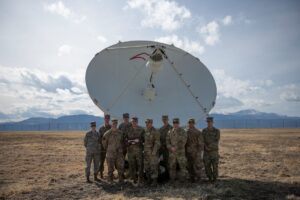
By May, the Pentagon Joint Requirements Oversight Council (JROC) is looking to receive from the military services a requirement for each of the Joint Warfighting Concept's (JWC) four areas--Joint Global Fires, Joint All Domain Command and Control (JADC2), Contested Logistics, and Information Advantage. The JROC was to finish the JWC by the end of last month, but the process looks to have been slightly delayed because of COVID-19 constraints. DoD officials have said that the JWC, which the Pentagon has…














